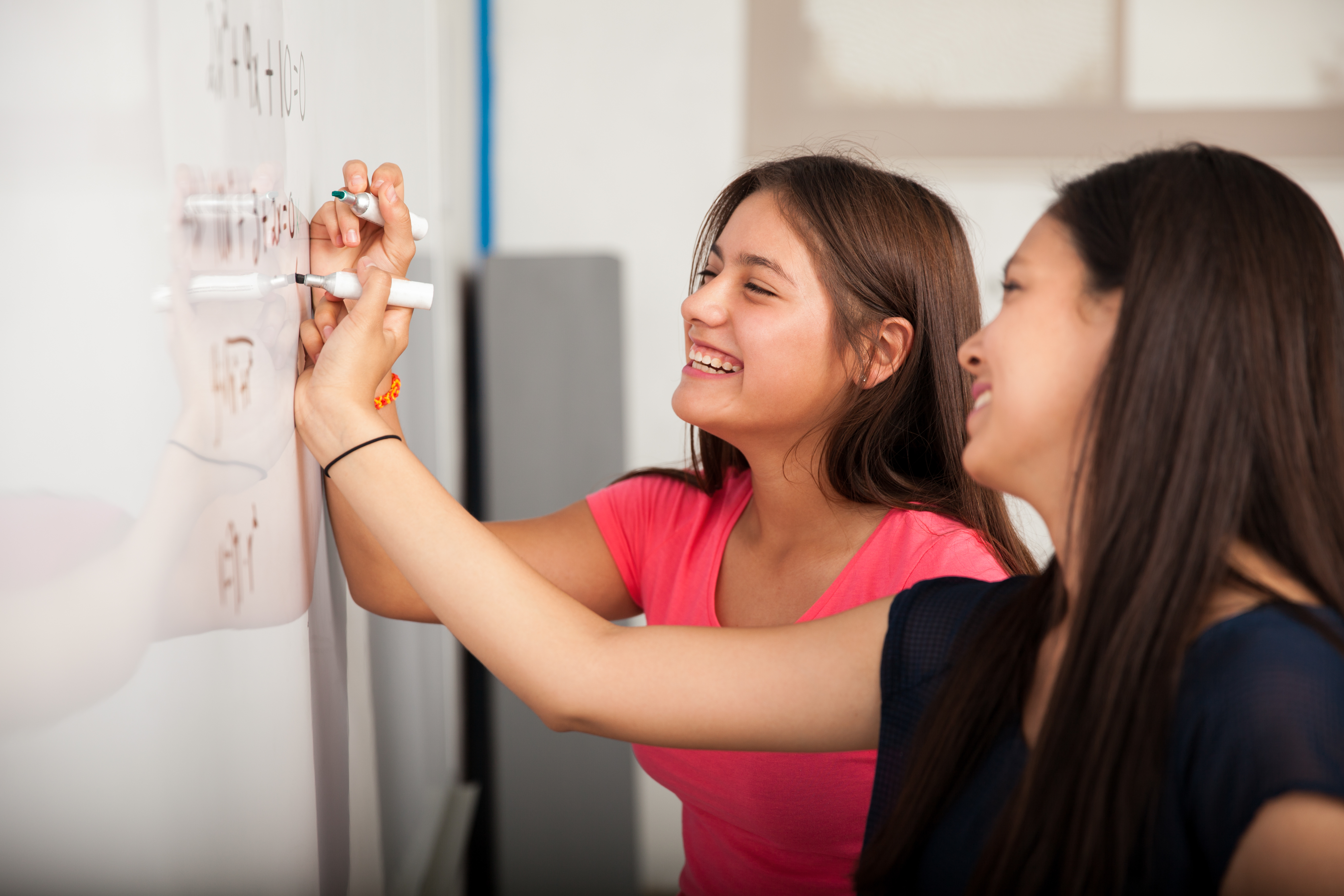Though this task can seem daunting, we’ve got to start somewhere. As we are attempting to conquer the boredom and frustration that usually comes from a lack of academic success for Long Term ELs (and a vast majority of students of poverty, for that matter…), we know that the fight for learning has to come from multiple areas. We mentioned 3 ways to do this in my last article:
ENGAGE STUDENTS
BE CULTURALLY RESPONSIVE
KEEP RIGOR HIGH
Today we are going to dive into engagement.
There are two types of engagement: behavioral and cognitive. It’s easy to see if a student is behaviorally engaged. He will look as though he is participating: pencil in hand, eyes on paper or on the teacher, and mouth typically closed. However, is he learning? We, as educators, can manipulate students into behavioral engagement, but what about the cognitive engagement? Isn’t this where we want the students to be?
Here’s the great news: the brain is designed to LEARN. Always. It is always seeking new learning, looking for new opportunities, and exploring new ideas. ALL brains. While there are circumstances where the brain’s other functions take over and learning is no longer a priority, when we can get the students back to the place where they are meant to be (which we talk about in the next article)…ALL brains want to learn.
Cognitive engagement means the students are engaged in new learning…in exploring…in debating…in connecting…how great is it when this happens?! This is what teachers dream of! So how do we get some of our most unengaged students – ENGAGED?
Here are 5 ideas for bringing these kids (and all kids) over to the side of cognitive engagement.
- Value Student Voice – Many English Learners and Students of Poverty have not had their voice heard by very many people…therefore, they keep quiet. If they don’t believe their thoughts and opinions are valued, then there is no reason to take the risk to share them. As educators, we must facilitate a classroom where student voice is encouraged, expected, celebrated…and taught.
- Give Students Space to Learn – Students need to know that they can do it. This is not building self-esteem. This is building self-efficacy. One of the main ways we kill this is by jumping in to “rescue” students the moment they need to struggle. We will talk further about making independent learners in another article, but we have to stop our “savior” mentality. Students need the productive struggle to make new connections. So often we take this from them by jumping in to “help”, repeat directions, repeat the procedure, even do the work for them…Instead, we need to provide them the resources and strategies to problem solve and persevere on their own. This leads us to #3.
- Shift from doing to learning – There’s so much we could talk about here, but as teachers, we have to shift from the product to the process. Every time we say “this is for a grade,” we shift the focus to the product to be graded rather than the learning of the content. Grades are appropriate after the learning has been done, but if we want to build the students’ self-efficacy and engage them learning, they can’t be focused on the grade. You see, the process of learning often contains failing and figuring it out, or making mistakes and fixing them, or talking out different thoughts with a peer. We know this as educated adults, yet at times we still rely heavily on the grade to show the learning, and then we don’t understand why our students won’t take a risk. We stifle the learning by creating a product driven classroom instead of a learning driven. I can’t wait to dive into this concept more, but suffice it to say, if you want your students to learn, your classroom has to be one where they can fail first without it being a numerical grade.
- Facilitate academic conversations – One of the best ways to facilitate a learning focused classroom is to facilitate academic conversations. Guess what…most of your students won’t be able to do this without you teaching them how. Give them sentence frames. Teach them accountable talk – how to agree or disagree with each other, how to ask for further clarification or add their own thoughts. Students, especially struggling students, having academic conversations is a beautiful thing. And even better, it is one of the best ways to promote learning.
- Give students something engaging to think about – Remember…brains want to learn! If we are only giving students facts and information, their brains will struggle to stay engaged. We can’t rely on content (even if we think it’s really interesting content) to engage students. We have to rely on the process of learning to engage students.
We are JUST scratching the surface! Come back for a deeper look at teaching scholars by reaching students!
